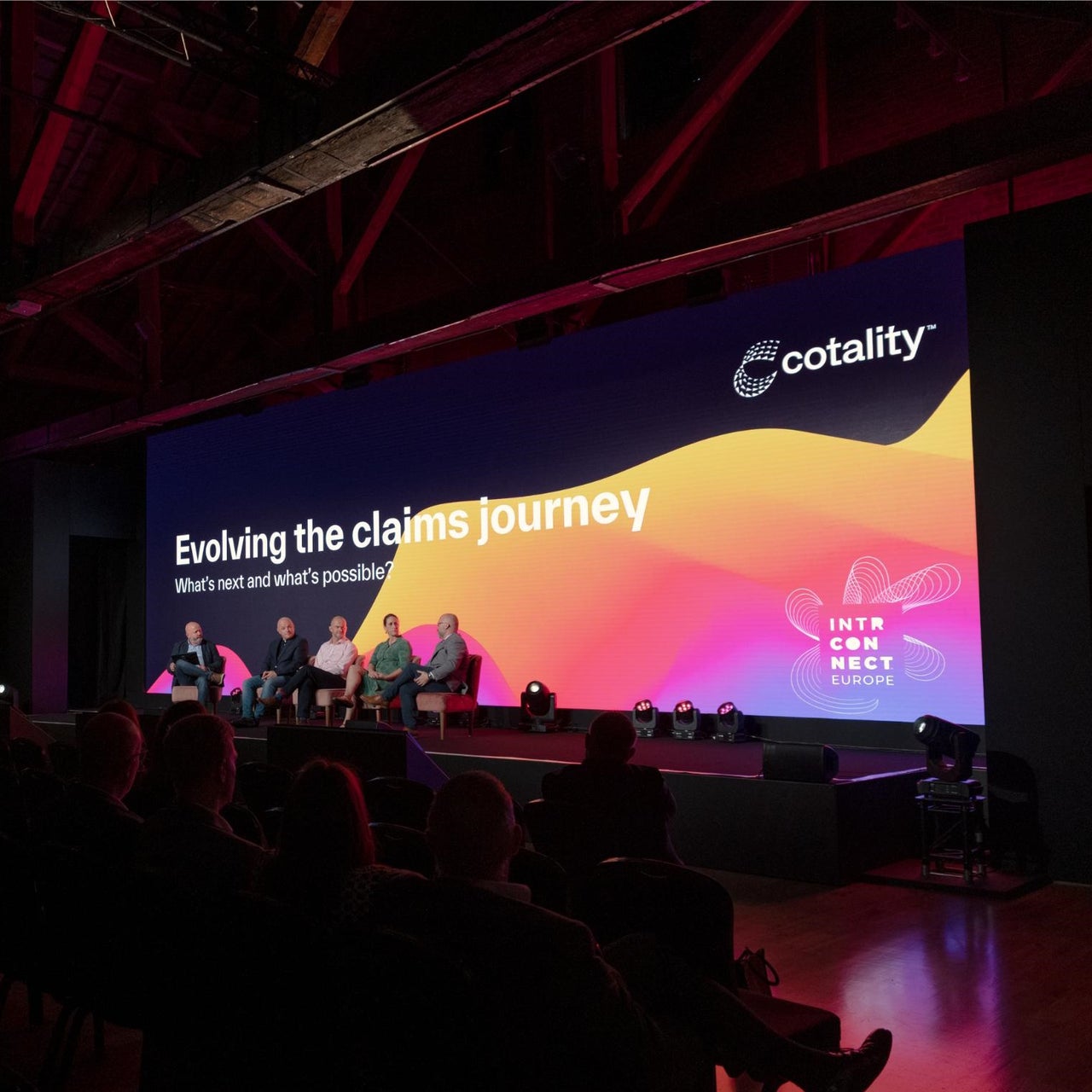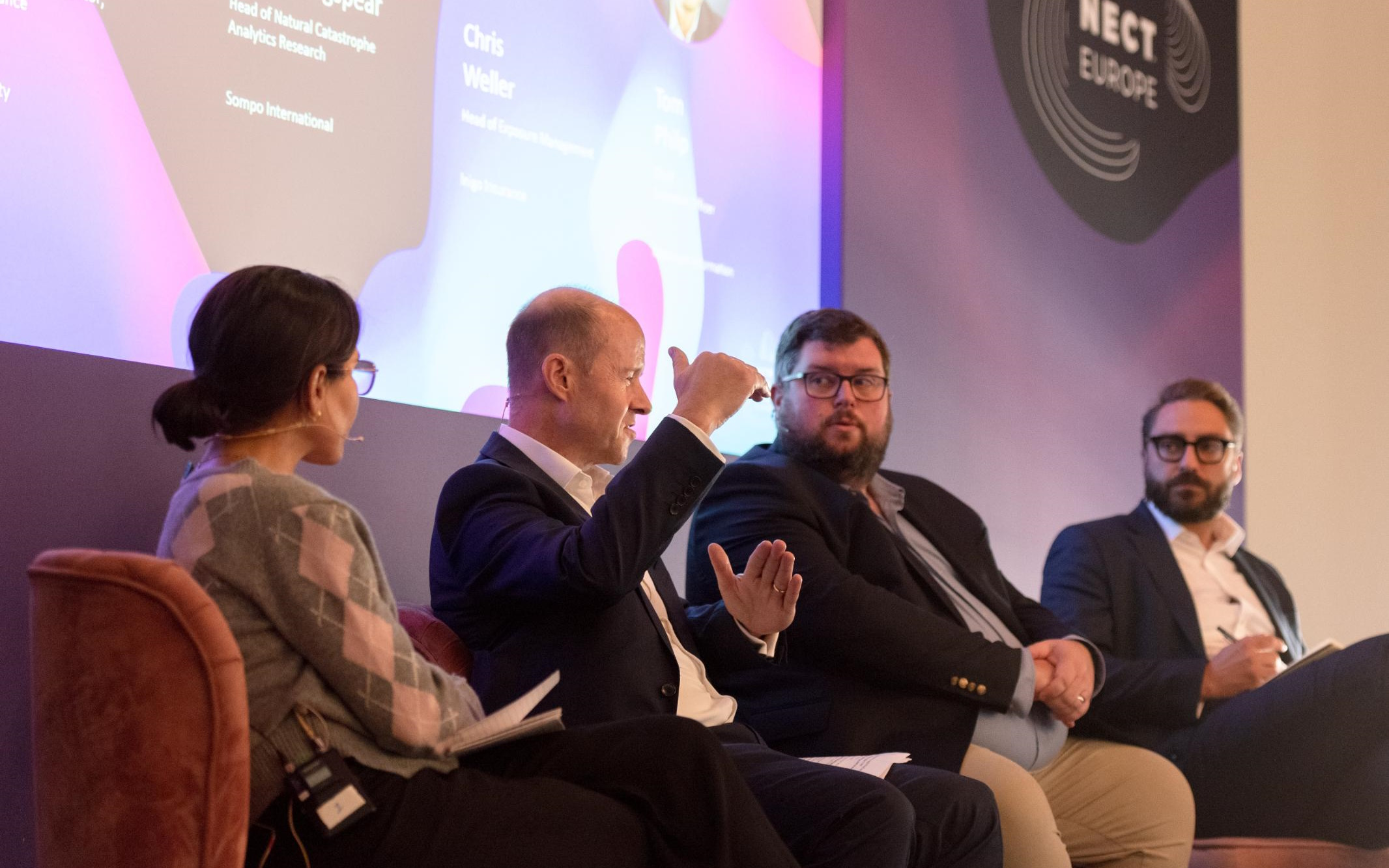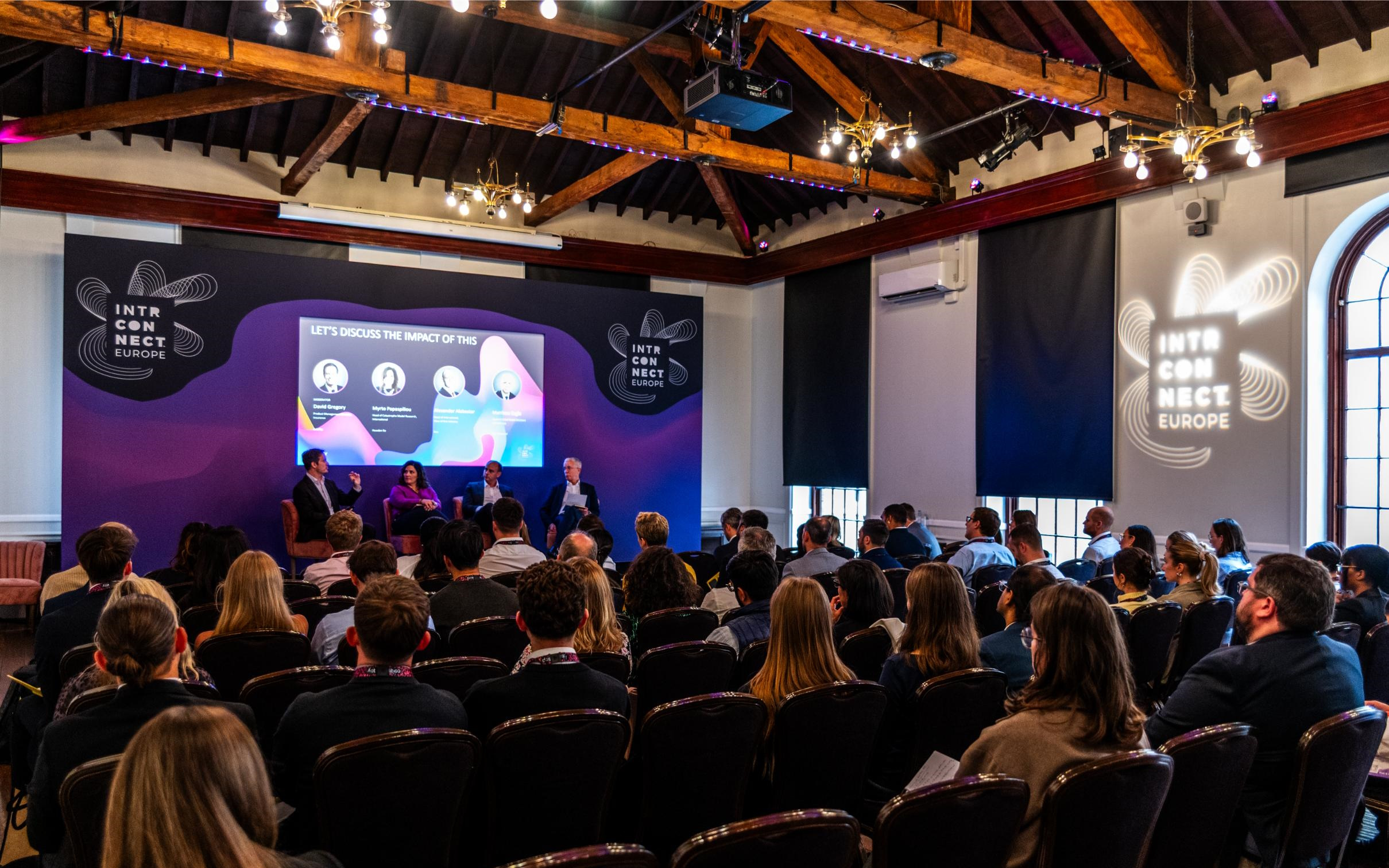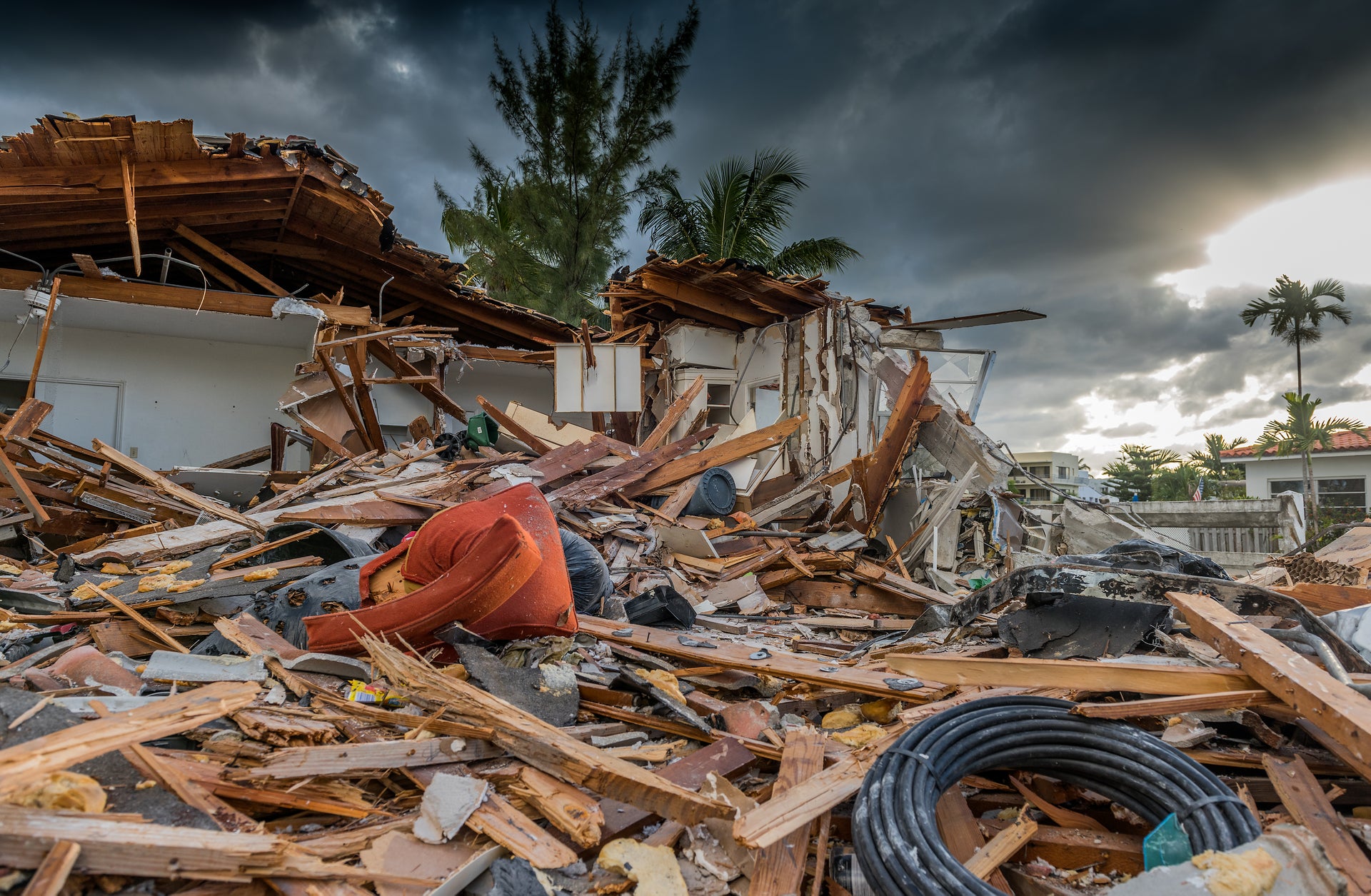Cotality INTRConnect™ Europe 2025 offered a decisive roadmap for the future of UK property insurance. The core message was clear: rapid technological acceleration presents unprecedented opportunities, but these must be grounded in an unwavering focus on human empathy and societal resilience. The event illuminated how the industry can leverage AI not just to react, but to confidently shape a sustainable and resilient future.

Accelerating insights
Artificial intelligence technology is changing the property insurance industry — rapidly. It’s “a flywheel effect where you can get better every year – and it’s starting to change the game for how quickly you can spin that flywheel,” Vave CEO Marek Shafer explained at Cotality INTRConnect Europe 2025.
AI is transformative. It streamlines data management and operational processes, reframing complex industry questions into tangible answers at speeds no human could match. But without someone to guide the technology to answer the right question at the right time, insights may miss their timeframe to have genuine impact - and they won't help us illuminate the ideas that will define the future.
People don’t just provide judgement, oversight, and governance to AI, either — they provide connection. “Technology can do a million brilliant things,” said one speaker in our AI transformation panel, “but it can’t do empathy.”
Empathy remains uniquely human. It is also the key to forging long-term relationships that empower people to make the decisions that move the insurance industry forward.
Another big trend around AI deployments at INTRConnect Europe 2025? AI can often feel like “a solution looking for a problem,” explained Sightcall’s CEO and founder Thomas Cottereau. “Ninety-five percent of AI projects don’t find ROI, so it’s really important to start with a problem and use AI to augment the solution.”
AI with real-world applications
While there are many paths forward, the industry's future is focused on sustainability and resilience in the face of climate change. Across the insurance community, the increasing frequency and severity of natural disasters is spurring professionals to open discussions about the importance of updated modelling, new strategies, and granular approaches to data.
“You should be talking more about wildfires, floods and other perils,” urged Stephanie Nightingale, Chaucer Group’s head of exposure management, "and it shouldn’t be beyond the wit of man to code every single peril.”
Having granular data on present and future peril risk is shaping how the industry is preparing and addressing a growing array of threats, including secondary perils that are becoming more prominent. Rob Stevenson, director of cat risk and reinsurance analytics at Lloyd’s of London, commented on the magnitude of damage that secondary perils pose, saying that “there’s not much secondary about a $30 billion wildfire.” Adding primary perils — and their potential price tags — to the mix underscores why accuracy in data is paramount to planning for a sustainable future.
Accuracy in data, especially in preparation for future risks, is paramount to planning for a sustainable, resilient future. That’s why there’s a clear need to move beyond broad-stroke modelling to a precise approach that favours granularity.
Motivated by customer needs
As the industry grapples with technological speed and a changing climate, decisions must be made with the customer as the fixed reference point.
"Customer expectations have changed. They demand immediacy, and the traditional processes and timeframes are not acceptable anymore," explained Sightcall’s Cottereau, underscoring the need for streamlined, AI-powered solutions like remote claim assessment.
However, shrinking wait times are only part of what customers are seeking. They also want understanding. "We need to remember that we’re a service industry, and that the customer should remain at the heart of everything we do," said Matt Gould, a specialist claims consultant from Ecclesiastical Insurance.
The real power of AI lies in its ability to facilitate human connection, not replace it. Byron McGill, AVIVA’s supply chain integration lead, illustrated this by focusing on the frontline claim handler. He explained that these staff have one of the most difficult jobs—empathising with upset customers during complex cases. By deploying AI to handle transcription and logging, handlers are given "the tools to do their job and listen to customers."
Moving beyond limits with collaboration
Like every industry, the insurance community is faced with challenges. But it’s nothing that can’t be solved through collaboration.
Unifying diverse perspectives reveals new angles to tackle these evolving challenges. "Everyone brings a new perspective, people ask different questions, and we all learn about how things work. It’s a win-win," said Rachel Haldane, head of exposure management at AEGIS London.
Cotality President of Global Insurance Solutions Garret Gray echoed this sentiment, stating that the sheer scale of the challenges requires collective effort. "It takes all of us to tackle the very real challenges our industry faces, and there’s not one company that can do it all alone," he said.
The decisive message from INTRConnect Europe 2025 is an optimistic one: property insurance faces unprecedented change, but by intentionally integrating effective technology, fostering ambitious collaboration, and retaining a foundational focus on people, we can move beyond self-imposed limits and uncover opportunities to propel the industry forward.














